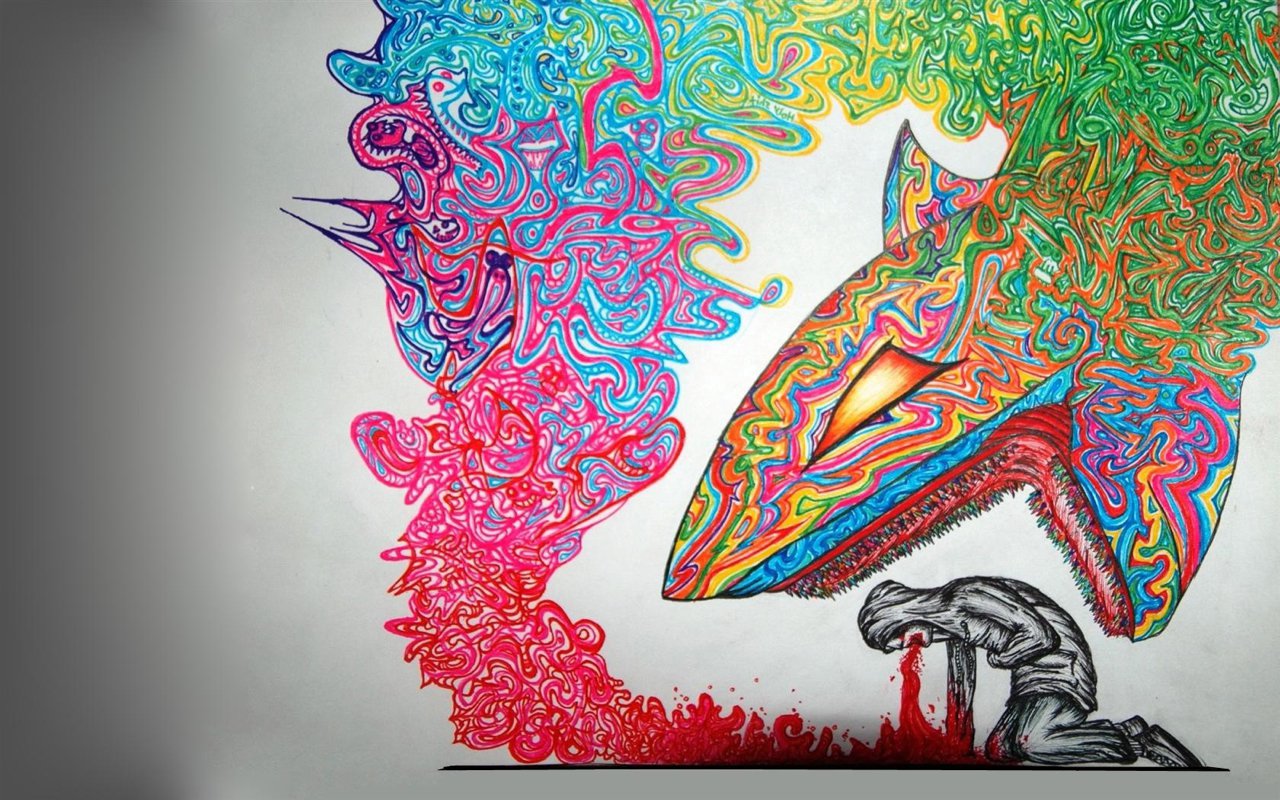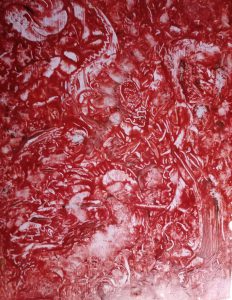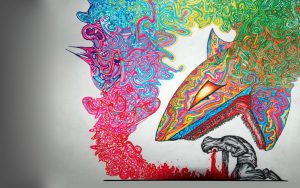Psilocybin as a psychedelic during therapy?
Most of the psilocybin sessions we do are with clients with depression, but also with clients with anxiety complaints. Often anxiety complaints are deeply linked to depression as stress indirectly reduces the amount of serotonin. Low serotonin is an indicator for anxiety and depression and a negative spiral can make the situation worse. Psilocybin, which forms psilocin after conversion, is a psychedelic that is probably the most similar to serotonin and can therefore immediately eliminate depressive feelings. Furthermore, during the psilocybin sessions insights can arise, new brain connections, connection with the divine, empathy, sympathy and self-love can be experienced. All these characteristics of psilocybin can help people with PTSD.
Tripping and PTSD?
Let’s say right away that psychedelics and PTSD can also cause a bad-trip in which all fears can surface in a negative way. In people with PTSD, this can make the situation worse. It is therefore very important to make the right preparations, to bring about the right situation during the trip and to have an experienced trip therapist/guide in the area. If all these things are in order, you minimize the chance of a bad trip considerably.
The preparation of the treatment
Medication check
Certain medications that are usually prescribed for suppressing the symptoms of PTSD are certainly not compatible with most psychedelics.
Antidepressants (SSRIs, MAOIs, TCAs) or other psychoactive drugs cannot be combined with psilocybin for health reasons.
Persons with serious heart problems and/or medication for cardiovascular function (Tramadol! etc.) can unfortunately also not undergo psilocybin treatment.
Disclaimer: Always consult with the doctor prescribing the medication if and how this medication can be safely dispensed. Never stop medication immediately!
Improve neurochemistry
On the basis of the intake and neurotransmitter test that will be filled in during the registration, we will make a recommendation for the neurochemistry. This means that we will recommend supplements, nutrition and activities to get the neurotransmitters in balance before we do the psychedelic session. It happens fairly often to almost always that the levels of the neurotransmitters GABA and serotonin are low in PTSD. A low level of GABA should always be brought up to the right level in PTSD first in order to achieve the best possible psychedelic session.
Read more about GABA/glutamate and bad trips
Map the triggers
In a psilocybin treatment against PTSD it is useful to make an overview of the triggers that cause stress. These can be sounds, situations, persons or other things. In addition, it is useful to write down the primary response. With the primary response we mean the automatic reaction of the body/thoughts, which often has something to do with the fight/flight/freeze reaction. Furthermore, we can write down what the secondary response is and by that we mean what kind of conscious choice you make after the trigger and primary response. For convenience, make a table that looks something like this:
| Triggers | Primary response | Secondary response |
|---|---|---|
| Sound | ||
| Persons | ||
| Insults |
In case you’re not sure what your triggers are or the repsons, fill in as much as possible and leave the unknowns empty.
The psilocybin session at PTSD
The psilocybin session in a PTSD treatment is slightly different from other sessions. The pre-treatment of the session itself, the emergence and peak of the psilocybin session has nothing directly to do with the treatment of PTSD, but with the anti-depressive properties of a psilocybin trip. It is the coming down where we will have an eye for the symptoms, triggers and responses. During the coming down we will use the insights, satisfaction and all other positivity to talk about the PTSD related issues so that the brain will store these concepts in a different way. With a very strong sense of satisfaction and acceptance, the subconscious processes can be changed because the associations change while the brain is in a state where it is easier to make new connections.
Learn more about Triptherapy



